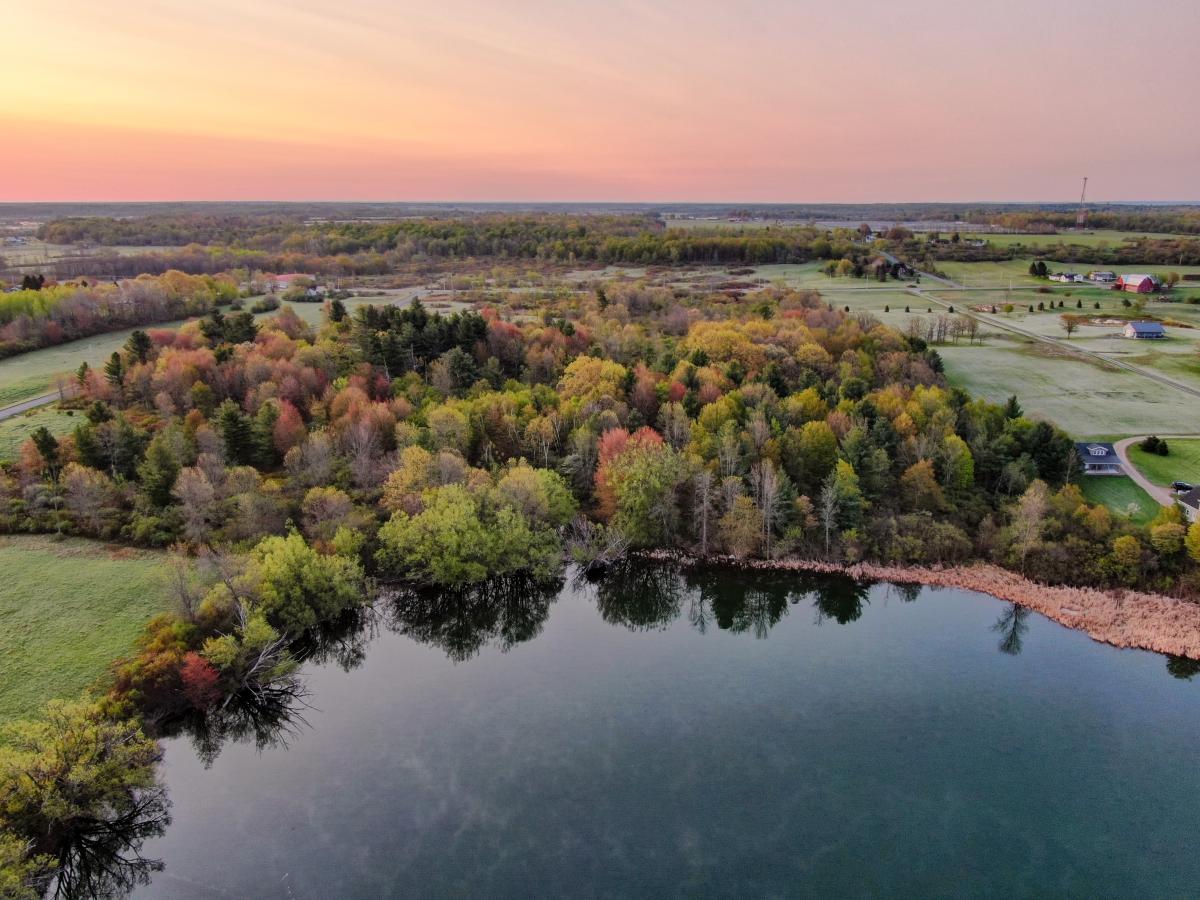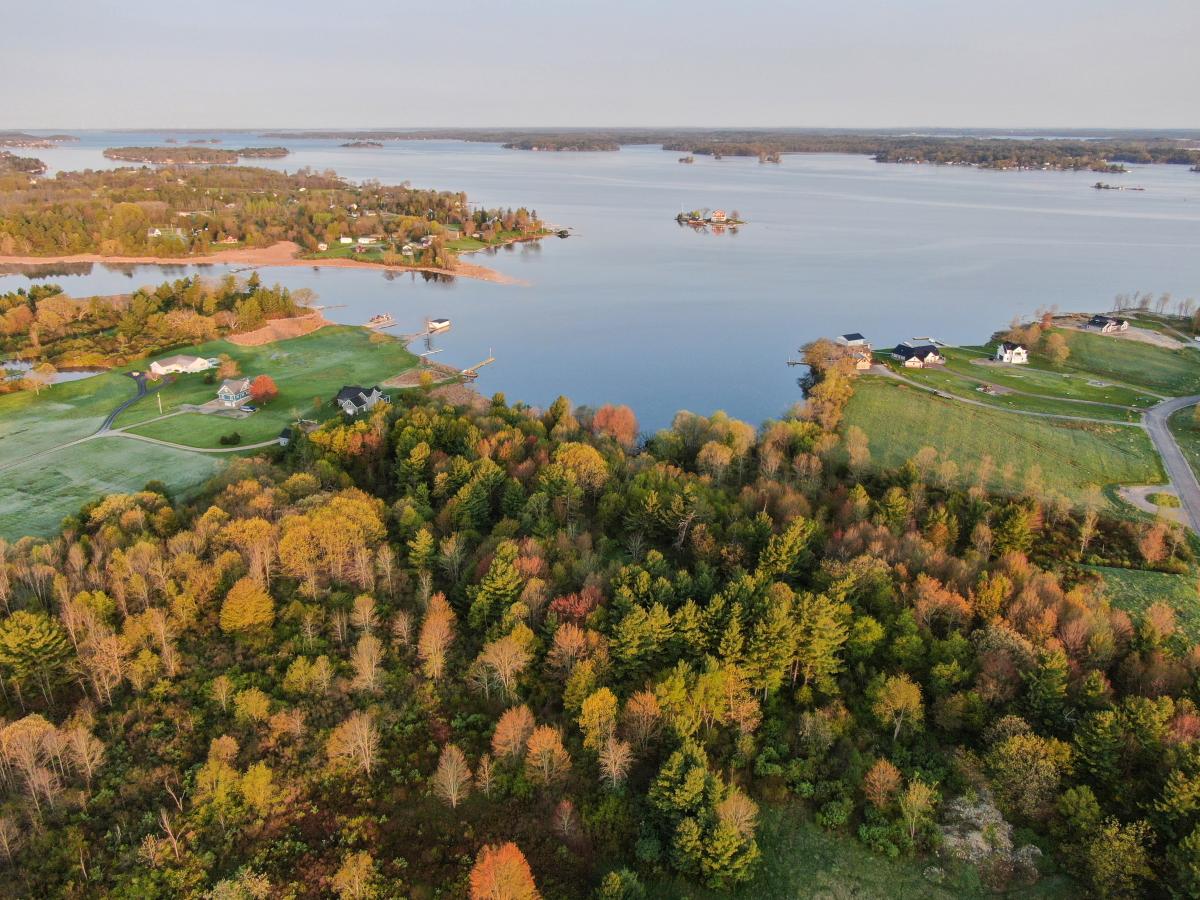Local Treasure in Danger
Nestled in the heart of the River community, Blind Bay is at a crossroads. Its serene waters, vibrant coastal wetlands, and diverse wildlife are under threat. A sanctuary for humans and animals alike, it provides a refuge. It is home to secretive marsh birds and furbearers like the red fox and fisher.
Blind Bay is an example of nature’s resilience and an essential part of the St. Lawrence River ecosystem. Its unique habitats play a critical role in maintaining the delicate balance between the natural environment and the built environment. This sheltered area protects its inhabitants. Now, the River community must come together to protect this bay.
U.S. Customs & Border Protection (CBP) has proposed building a new, industrial-scale Border Patrol facility that would permanently destroy Blind Bay. This location is being considered without thought to the environmental or economic impacts on our region.
The facility would be over 48,000 square feet of building space and include a detention center and canine facility. The surrounding area would be paved into a parking lot for up to 100 vehicles. It would need boat storage and docks, a car wash, and a fuel depot. Communication towers would rise over the bay. The whole construct would be surrounded by high fencing and bright lights.
Negative Impacts
Construction would immediately displace most birds and mammals living in the area, many of which could fall victim to road mortality or starvation. High-intensity lighting in and around the facility would make it impossible for wildlife to take refuge and significantly reduce the visibility of the night sky for several miles. CBP completed the new Port of Entry on Wellesley Island in 2022. Its high-intensity lighting has consumed the star-filled skies and likely pushed wildlife from adjacent natural areas.
Blind Bay would also need to be dredged. The shallow waters that make it a perfect home for muskies and other fish also make it impossible for large boats to navigate. Dredging could release legacy toxins like PCBs, mercury, and other heavy metals. In other dredged sites along the River, legacy toxins have been tied to a variety of long-term health risks and reproductive complications in wildlife and humans. All of this puts the region at risk.
Thanks to strong local support, TILT purchased the remaining 20.5 acres of undeveloped land in Blind Bay last November. Unfortunately, purchasing the land for the purpose of permanent land conservation isn’t enough. While CBP is in the process of evaluating alternative sites, representatives of the agency continue to claim that this location is the preferred site. CBP could still take Blind Bay through eminent domain. This would require a costly court battle against a federal agency with significant resources.
The consequences of backing down are too significant to consider. TILT, Save The River and the members of the Save Blind Bay coalition are in this fight for the long term. Even if they don’t take Blind Bay, CBP is investigating other sites along the shores of the St. Lawrence River. Each site would have its own problematic environmental and economic concerns.
A Solution Proposed
In 2022, the Town of Alexandria offered to provide space for the facility at the Bonnie Castle Recreation Center located on Route 12 near I-81; off the shores of the River. This site satisfies virtually all of CBP’s selection criteria. To date, CBP has made no attempt to evaluate the site for suitability. This shows a complete disregard for the environment, the economic fabric of our River community, and the very citizens that the agency has sworn to protect.
Make your voice heard! Write to your local, state and federal elected officials. Complete the Save Blind Bay petition. Donate to help ensure Blind Bay is protected for future generations. Will you join us?
For more information, please visit saveblindbay.com.





